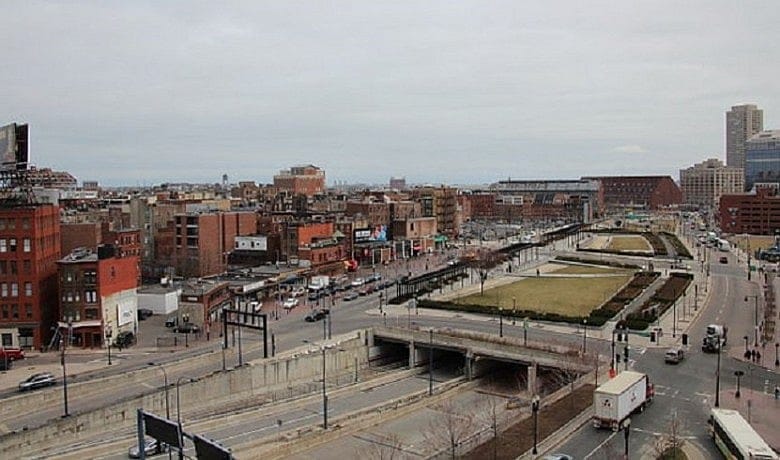How urban renewal drives Boston’s 21st century feel

BOSTON – From the razing of the West End in the 1950s to the more recent Big Dig, Boston's urban renewal projects aren't points of universal pride among local residents.
Yet today's Boston, the city people know and love, owes its current look and feel to some of those projects. Even some of the less-positive developments can be seen as part of the evolution that made Boston the city it is today.

